Regulatory Support and Quality Standards
The Veterinary Chemistry Analyzer Market benefits from increasing regulatory support and the establishment of quality standards. Governments and veterinary associations are implementing guidelines that promote the use of high-quality diagnostic tools in veterinary practices. This regulatory framework not only ensures the reliability of test results but also encourages manufacturers to innovate and improve their products. As compliance with these standards becomes essential, veterinary clinics are more likely to invest in advanced chemistry analyzers that meet regulatory requirements. This trend is expected to bolster the Veterinary Chemistry Analyzer Market, as adherence to quality standards enhances consumer trust and drives market growth.
Focus on Preventive Care in Veterinary Medicine
The Veterinary Chemistry Analyzer Market is witnessing a shift towards preventive care in veterinary medicine. Veterinarians are increasingly emphasizing routine health screenings and early disease detection, which necessitates the use of reliable chemistry analyzers. This proactive approach not only enhances animal health outcomes but also reduces long-term treatment costs for pet owners. As a result, the demand for veterinary chemistry analyzers is likely to rise, with many clinics adopting these tools to facilitate regular health monitoring. The focus on preventive care is projected to contribute to a steady growth trajectory in the Veterinary Chemistry Analyzer Market, as more practices recognize the value of early intervention.
Growing Awareness of Animal Health and Wellness
The Veterinary Chemistry Analyzer Market is positively impacted by the growing awareness of animal health and wellness among pet owners. As individuals become more informed about the importance of regular health check-ups for their pets, the demand for veterinary diagnostic services is increasing. This heightened awareness is prompting veterinary clinics to adopt advanced chemistry analyzers to provide comprehensive health assessments. Furthermore, educational campaigns and outreach programs are contributing to this trend, as they emphasize the significance of preventive care and early disease detection. Consequently, the Veterinary Chemistry Analyzer Market is likely to experience robust growth as more pet owners prioritize their animals' health.
Rising Pet Ownership and Veterinary Services Demand
The Veterinary Chemistry Analyzer Market is significantly influenced by the rising trend of pet ownership. As more households adopt pets, the demand for veterinary services, including diagnostic testing, is escalating. This trend is particularly evident in regions where pet ownership has increased by over 30% in recent years. Consequently, veterinary clinics are investing in advanced chemistry analyzers to meet the growing need for comprehensive health assessments. This increase in demand for veterinary services is expected to drive the Veterinary Chemistry Analyzer Market, with an anticipated market value reaching several billion dollars by 2026.
Technological Advancements in Veterinary Chemistry Analyzer Market
The Veterinary Chemistry Analyzer Market is experiencing a surge in technological advancements that enhance diagnostic capabilities. Innovations such as point-of-care testing and automated analyzers are streamlining processes, allowing for quicker results. These advancements not only improve the accuracy of tests but also reduce the time required for analysis, which is crucial in veterinary practices. The integration of artificial intelligence and machine learning into analyzers is also on the rise, enabling more precise interpretations of results. As a result, veterinary clinics are increasingly adopting these advanced systems, leading to a projected growth rate of approximately 8% annually in the Veterinary Chemistry Analyzer Market over the next five years.


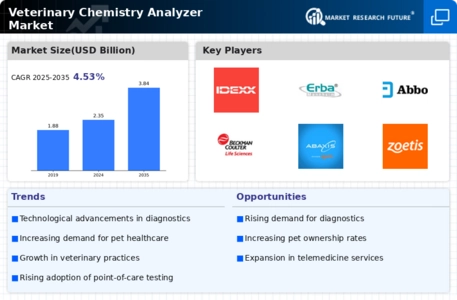
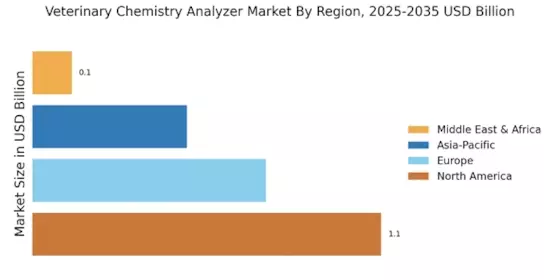
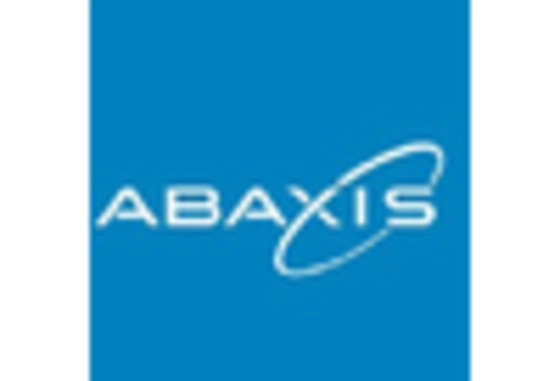
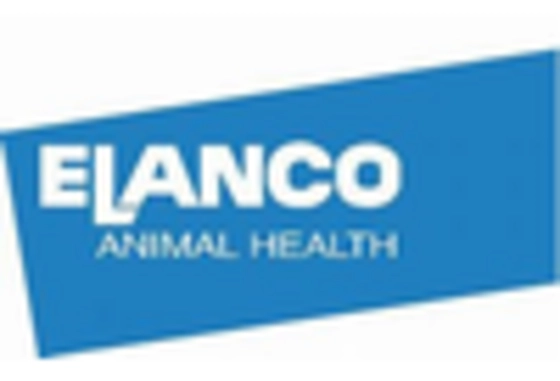
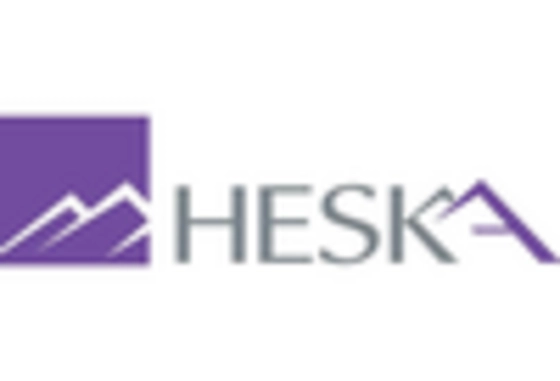
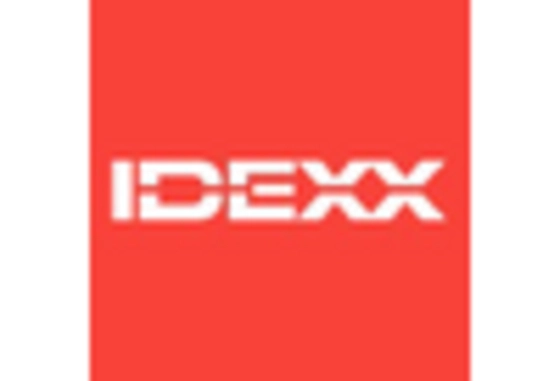
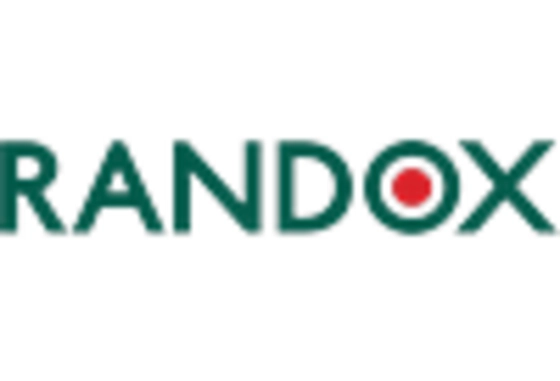









Leave a Comment